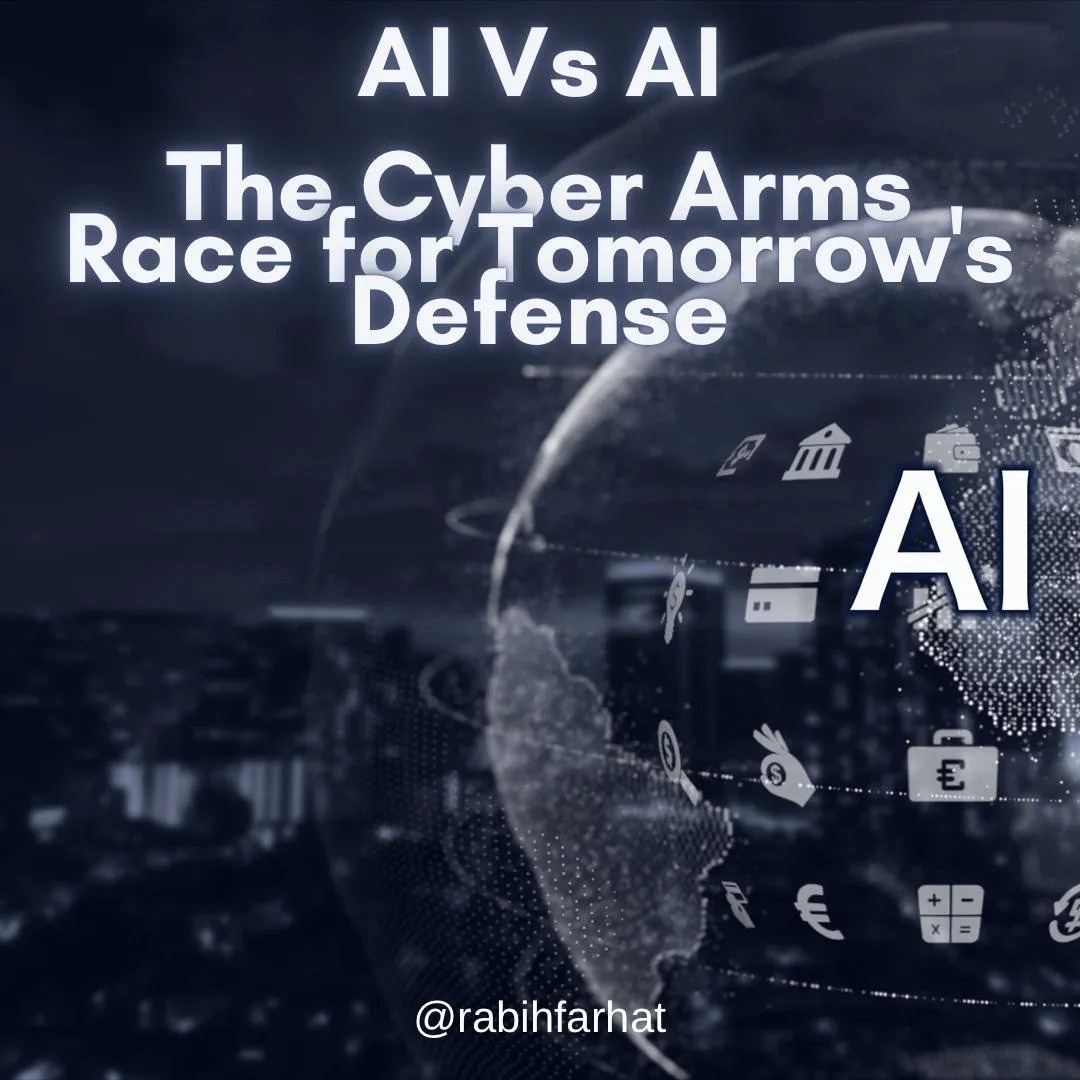Introduction
As technology is redefining our world, it's clear that advanced cyberattacks pose a growing threat to everyone, from individuals, organizations to entire countries.
These attacks, which are using artificial intelligence (AI) technologies to increase their effectiveness, require highly sophisticated defense strategies to counter them. And also long-term solutions must be taken into consideration, such as international cooperation and investment in cybersecurity education and research.

Is it possible to develop and implement effective defense strategies to confront complex cyber threats?
If we check what the experts in Kaspersky said about the current year, where it is expected to witness an increase in the number of state-backed cyberattacks, especially with increasing geopolitical tensions. Where these attacks appear to include a variety of threats like data theft, damage to IT infrastructure, espionage, and cyber sabotage.
We recently witnessed part of this in Lebanon, such as the hacking of airport systems, the hacking of the parliament’s website, the Ministry of Social Affairs website, and the recent hacking of the Lebanese communications network.
The first step and the most important is to understand the advanced cyber threats, as they are not just traditional viruses and malware. Moreover, they include complex attacks that exploit various security gaps, from social engineering to undiscovered software vulnerabilities (zero-day exploits), to electronic ransom attacks and click-through attacks (Zero-Click Malwares) to advanced persistent threats, which include cyber espionage campaigns and the theft of strategic information, continue to pose a significant risk to national security and major organizations.
While recent attacks underscore the need for advanced threat detection and response technologies, they also highlight the evolving challenge of AI-powered attacks. As attackers leverage increasingly sophisticated AI, cyber defenses require continuous adaptation and investment in advanced capabilities like threat intelligence and machine learning.
If we want to simplify cyber defense strategies in the age of artificial intelligence, we can point out one of the most prominent uses of AI in cybersecurity is in behavior analysis and threat detection. This is because of the ability to analyze huge amounts of data very quickly, artificial intelligence systems and the enormous computing power that has become available can identify suspicious activities that may indicate a cyber-attack. For example, unexpected changes in network traffic or user behavior could be indicators of a threat.
Also, Systems using AI can isolate affected systems from the rest of the network to prevent the attack from spreading and, at the same time, send alerts to cybersecurity teams to take additional action.
Not to forget that it is also necessary to train and educate employees about cyber threats and how to address them. Social engineering, which includes techniques such as phishing relies heavily on exploiting human vulnerabilities, and by educating employees on good practices, such as verifying senders' identities and not clicking on suspicious links the risk of successful attacks can be reduced.
Moreover, there are a set of preventive measures that make the attack process difficult, such as applying security updates on a continuous basis, as systems and programs must be constantly updated to fix vulnerabilities. For example, many organizations are exposed to ransomware attacks because their systems are not updated. Regular data backups must be used and data must be encrypted when transferred to avoid loss in the event of attacks. Another measure is the use of passive defense methods through physical separation of networks and sensitive data from the Internet, which can limit the spread of attacks within the organization.
Conclusion
In an increasingly complex and interconnected world, responding to advanced cyber threats is an ongoing challenge that requires a multi-faceted response. By combining advanced AI technologies, ongoing employee training, and implementing strict security measures, organizations can strengthen their cyber defenses and protect themselves from future threats.
*Image designed with Canva